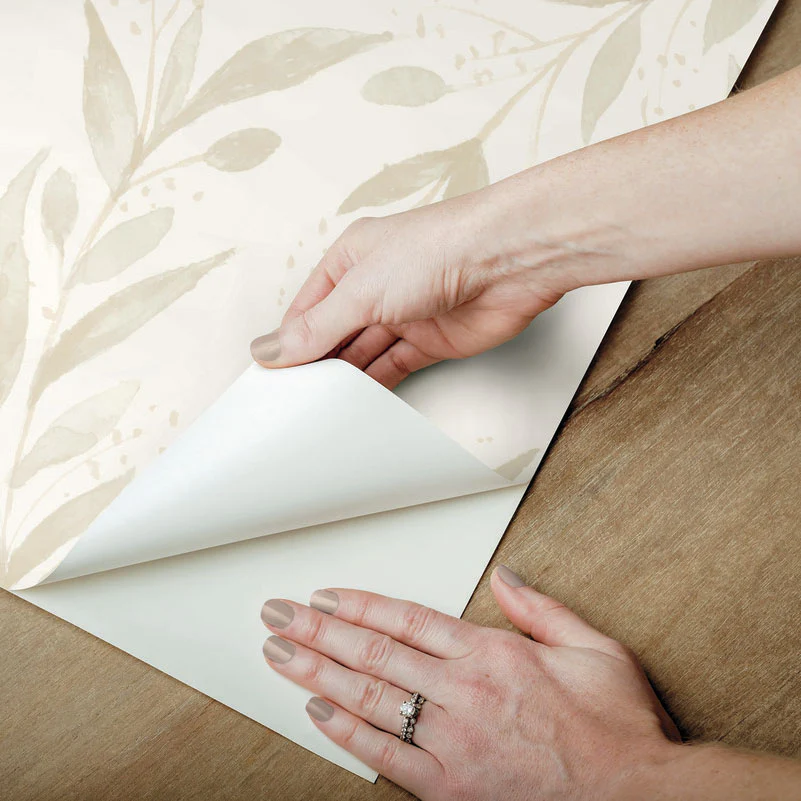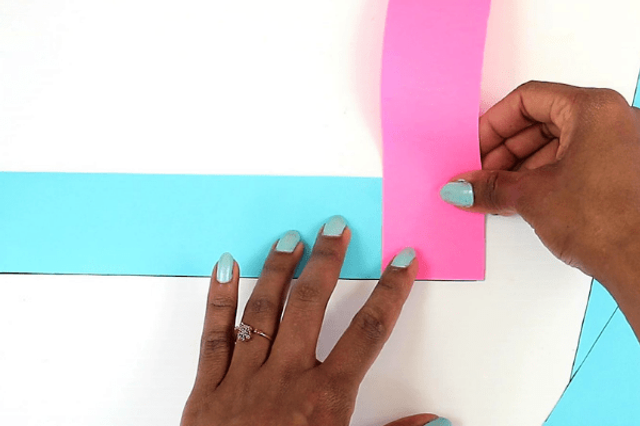To stick two papers together, you can use methods such as glue sticks, liquid glue, double-sided tape, adhesive tape, rubber cement, staples or paper clips for temporary bonds, washi tape for decorative purposes, or spray adhesive for intricate projects.
Additionally, test the adhesive on a small area first and choose the method based on the desired permanence of the bond.
How can papers be effectively stuck together using various methods?
Unveiling a Spectrum of Techniques for Effectively Joining Papers:
Glue Stick:
Application Process: Using a glue stick involves twisting up the glue and applying it evenly to one of the papers. Moreover, it’s important to avoid applying too much pressure, as excessive force can cause wrinkles or uneven distribution. Start from the center and work your way outwards to ensure an even application.
Even Glue Distribution: Ensuring an even distribution of glue is crucial for a strong bond. Uneven application can result in parts of the paper not sticking properly.
In addition, rub the glued paper with a gentle, circular motion to spread the glue evenly before pressing the second paper onto it.
Liquid Glue:

Application Technique: Liquid glue requires a bit more precision. Use a brush or the applicator tip to apply a thin, even layer of glue to one of the papers.
Additionally, be careful not to apply too much, as excessive moisture can cause the paper to warp or wrinkle.
Preventing Excessive Moisture: To prevent excessive moisture, apply the liquid glue sparingly.
In addition, wait a few moments for the glue to partially dry or become tacky before pressing the papers together. This minimizes the risk of the paper becoming overly wet.
Double-Sided Tape:
Cutting and Applying Tape: Cut a piece of double-sided tape to the desired length. Peel off one side of the tape’s backing and carefully place it on one paper.
Then, remove the other side of the tape’s backing and press the second paper onto the exposed sticky side of the tape.
Ensuring Strong Adhesion: To ensure a strong bond, press the papers together firmly along the entire length of the tape. In addition, make sure there are no air bubbles or gaps between the papers and the tape.
Adhesive Tape:
Considerations for Use: Regular adhesive tape is a quick and convenient way to stick papers together.
However, it may not be suitable for projects where a discreet bond is required, as the tape might be visible.
Temporary Nature of Bond: Keep in mind that adhesive tape provides a temporary bond and may not be as secure as other methods for long-term projects.
Rubber Cement:
Applying Thin Layer: Rubber cement is applied by spreading a thin layer on one piece of paper. This adhesive allows for repositioning, so you can adjust the placement of the papers before the bond becomes permanent.
Repositioning Flexibility: The repositioning flexibility of rubber cement is useful when precision is required. In addition, when you want to make sure the alignment is perfect before the bond sets.
Staples or Paper Clips:
Temporary Bonding Option: Staples or paper clips provide a temporary way to hold papers together. Moreover, they are useful when you might need to separate the papers later, such as for reference documents or drafts.
Suitable Scenarios: This method is suitable for scenarios where a non-permanent attachment is needed, like temporarily holding together multiple pages for review or editing.
Washi Tape:
Decorative Masking Tape: Washi tape is a decorative masking tape available in various colors and patterns.
In addition, it serves both a functional and aesthetic purpose, making it a popular choice for crafts, scrapbooking, and creative projects.
Adding Creative Flair: Washi tape adds a creative flair to your projects by allowing you to incorporate unique designs and patterns into the bond between the papers.
Spray Adhesive:
Precision for Intricate Projects: Spray adhesive offers precision for intricate projects where other methods might be cumbersome. It provides a uniform and thin layer of adhesive.
Application Process and Bonding: To use spray adhesive, spray a light, even coat on one piece of paper, and then press the two papers together.
In addition, allow time for the adhesive to dry before handling the bonded papers. This method can offer a secure bond without the potential mess associated with liquid glues.
What should be kept in mind regarding precautions and considerations?

In the realm of paper amalgamation, mastering the balance between adhesive strength and paper integrity emerges as a pivotal consideration.
Testing on Small Area:
Before applying any adhesive method to your important papers, it’s wise to conduct a test on a small and less noticeable area.
In addition, this allows you to assess how the adhesive interacts with the paper, whether it causes discoloration, warping, or any other undesirable effects. By testing on a small scale, you can avoid potential damage to your entire project.
Choosing Method Based on Bond Permanence:
The choice of adhesive method should align with the permanence required for your project. Consider whether you need a temporary bond that can be easily undone, or a more permanent bond that will withstand handling and time.
In addition, methods like staples, paper clips, and certain tapes offer temporary bonds, while liquid glues and adhesive tapes tend to create more lasting connections.
For archival or important documents, it’s recommended to use methods that are known to be acid-free and won’t degrade over time.
Minimizing Potential Damage to Papers:
Different adhesives have varying levels of impact on paper. When using liquid adhesives or glues, be cautious not to oversaturate the paper, as excess moisture can cause the paper to buckle or ripple.
Additionally, some adhesives might leave residue or marks on the paper even after they dry.
When applying pressure to bond the papers, use gentle and even pressure to avoid creases, wrinkles, or distortion.
For delicate or valuable papers, consider placing a protective barrier, like a clean cloth or wax paper, between the adhesive and the paper to prevent direct contact.
FAQ’s
Can I use regular glue for delicate papers without damaging them?
Regular glue might be too wet and could damage delicate papers. It’s recommended to use a glue stick or a gentle liquid adhesive, applied sparingly, to avoid excessive moisture.
Is washi tape suitable for long-term bonding of papers?
Washi tape is more suitable for decorative and creative projects. While it can hold papers together, it might not provide the same level of durability as other adhesive methods designed for long-term bonding.
What adhesive should I use for repositionable bonds?
Rubber cement is a good option for repositionable bonds. It allows you to adjust the position of the papers before the bond becomes permanent.
Can I use double-sided tape for attaching photos to paper?
Yes, double-sided tape is commonly used for attaching photos to paper. Make sure to use an archival quality tape to ensure the longevity of the bond without damaging the photos.
Will staples or paper clips damage my documents?
Staples and paper clips might cause small puncture holes or creases in your papers, so they’re best for temporary use or documents that won’t be preserved long-term.
Can I use spray adhesive for delicate or thin papers?
Spray adhesive can be used for delicate papers, but it’s important to apply it carefully to avoid oversaturation. Holding the can at a distance and using light, even sprays can help prevent damage.
What should I do if the adhesive leaves residue on the paper?
If adhesive residue is left on the paper after bonding, you can try gently rubbing it with an eraser or using a small amount of rubbing alcohol on a cotton swab to remove the residue. Always test these methods on a small area first.
How do I remove adhesive from my hands or work surface?
To remove adhesive from your hands or work surface, you can use soap and warm water, rubbing alcohol, or adhesive remover products. Follow the manufacturer’s instructions for using any adhesive removers.
Is it possible to separate papers bonded with rubber cement?
Yes, papers bonded with rubber cement can often be separated by gently peeling them apart. The adhesive’s repositionable nature allows for adjustments and modifications.
Conclusion
In conclusion, sticking papers together involves a variety of methods, each with its own advantages and considerations. Selecting the appropriate method depends on factors such as the desired permanence of the bond, the type of project, and the materials being used.
Firstly, there are numerous methods available, including glue sticks, liquid glue, double-sided tape, adhesive tape, rubber cement, staples, paper clips, washi tape, and spray adhesive.
In addition, some methods, like spray adhesive and rubber cement, offer precision and flexibility for intricate projects or when repositioning is necessary.
Moreover, washi tape serves not only as an adhesive but also adds a decorative element to creative projects.
Additionally, choose your adhesive method based on whether you need a temporary bond for easy removal or a more permanent bond for long-term use.
Finally, take precautions by testing any adhesive on a small area before applying it to your entire project, and use protective barriers if necessary to minimize potential damage to the paper.

